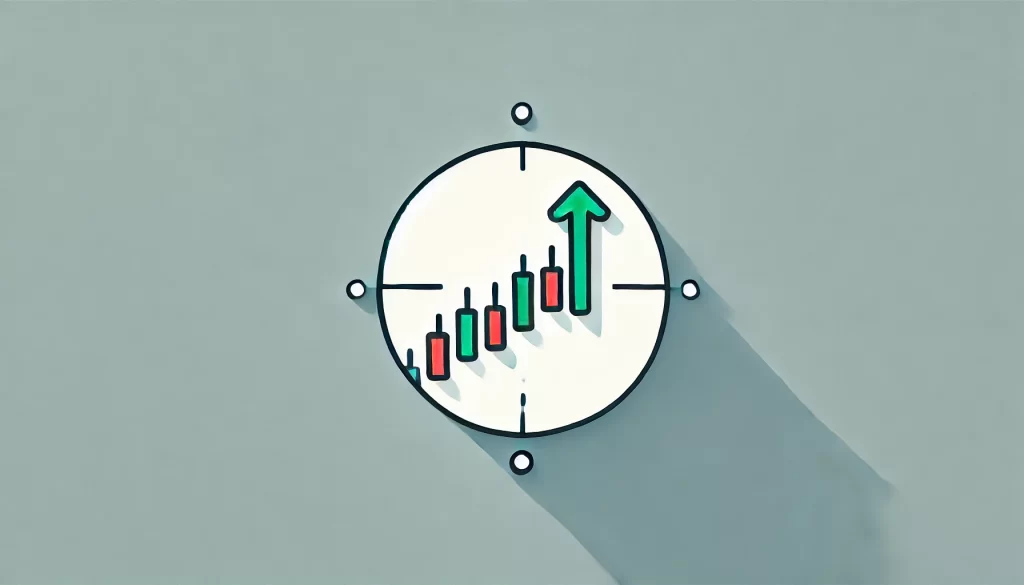Your cart is currently empty!
The Best Way to Find Stocks Before They Breakout
Breakout trading is a strategy that focuses on entering the market just as a stock is about to “break out” from a defined resistance or support level. Timing these trades requires understanding market psychology, technical analysis, and risk management. Here’s how you can find stocks before they break out
Use Technical Indicators to Spot Patterns
Technical analysis is key to identifying breakout points. Look for chart patterns like ascending triangles, flags, or double bottoms which often precede a breakout.
Example: If a stock has repeatedly hit a resistance level but failed to break through, this could signal that a breakout is imminent. Watch for a sudden surge in volume or price movement above resistance.
- Tools to Use:
- Moving Averages: Use 50-day or 200-day moving averages to see if a stock is in a general uptrend.
- Relative Strength Index (RSI): This can show if a stock is oversold or overbought—perfect for predicting a breakout.

2. Follow Volume as a Confirmation Signal
A breakout accompanied by strong volume is more likely to be sustained. Low-volume breakouts often fail, so it’s essential to watch for a spike in trading volume when the stock price crosses its resistance level.
Example: A stock trading sideways for weeks with low volume could signal indecision in the market. However, if it breaks above resistance with significant volume, it’s a strong breakout indicator.
3. Set Alerts and Monitor News
Stay updated with real-time news and earnings reports. Stocks often breakout after positive news, earnings beats, or industry announcements. Use trading platforms to set price alerts near key support or resistance levels.
Example: A stock in a promising industry may show flat movement. However, if the company is about to release a significant product or earnings report, a breakout may be triggered once the news goes public.
4. Employ Risk Management: The 2% Rule
Successful traders, such as those inspired by Mark Douglas’ psychology principles in “Trading in the Zone”, emphasize the importance of risk management. Keep your losses small by following the 2% rule, where you never risk more than 2% of your capital on a single trade.
Example: If your portfolio is worth $50,000, risk no more than $1,000 on a single breakout trade. Always set stop losses below support levels to protect your capital.
Breakout Trading Strategy in Action
Identify the Setup: Use tools like RajeevPrakash.com’s Volatility or Moving Average Calculators to analyze potential breakout points.
Monitor Volume: Confirm the breakout with increasing trading volume.
Enter the Trade: Once the price crosses resistance, enter the trade with a clear stop loss just below the breakout point to minimize risk.
Profit Target: Set a clear target based on previous price movements or Fibonacci retracement levels to lock in profits.
Conclusion: Psychology and Patience Are Key
Breakout trading can be highly profitable but requires a disciplined approach. Technical patterns, volume analysis, and news monitoring are crucial to predicting breakout stocks. Just as important is the psychology of trading—keeping emotions in check and sticking to risk management principles to minimize losses and maximize gains.
By leveraging tools like RajeevPrakash.com’s financial calculators and adhering to solid risk management, you can time your breakout trades effectively.

Whether you’re a seasoned investor or just starting out, our financial astrology tools can be tailored to your specific investment goals. Gain valuable insights to achieve your financial aspirations.
Address
1301, 13th Floor, Skye Corporate Park, Near Satya Sai Square, AB Road, Indore 452010
+91 9669919000
© All Rights Reserved by RajeevPrakash.com (Managed by AstroQ AI Private Limited) – 2025